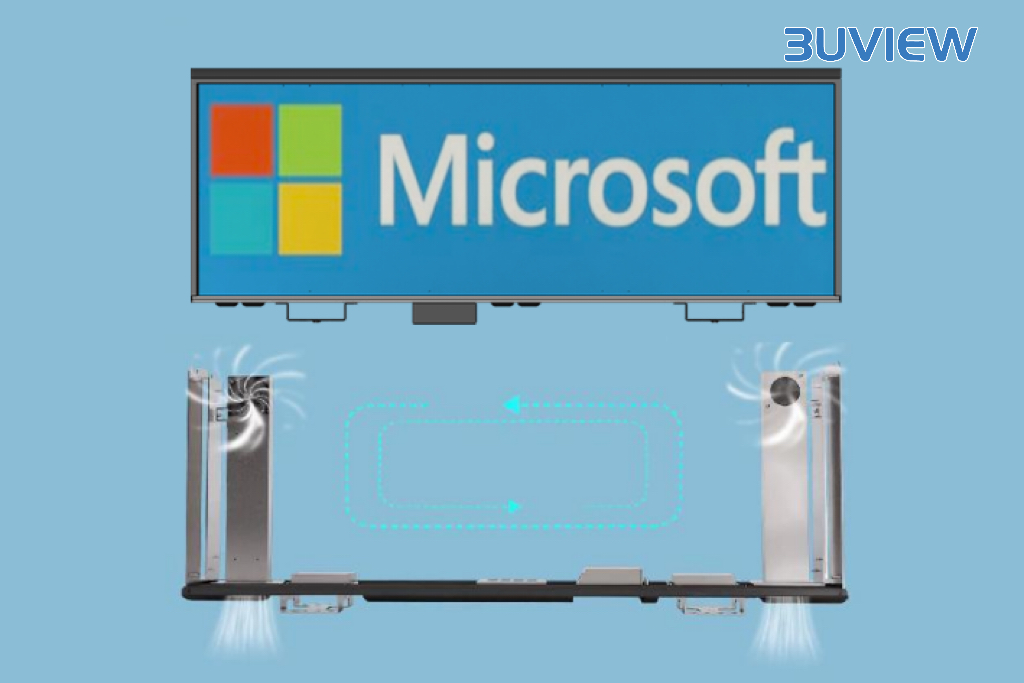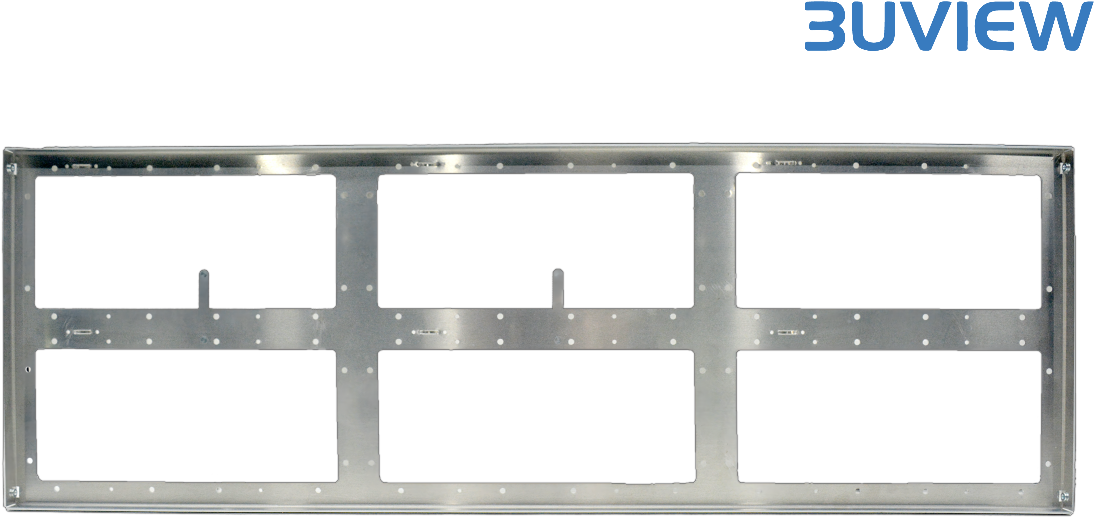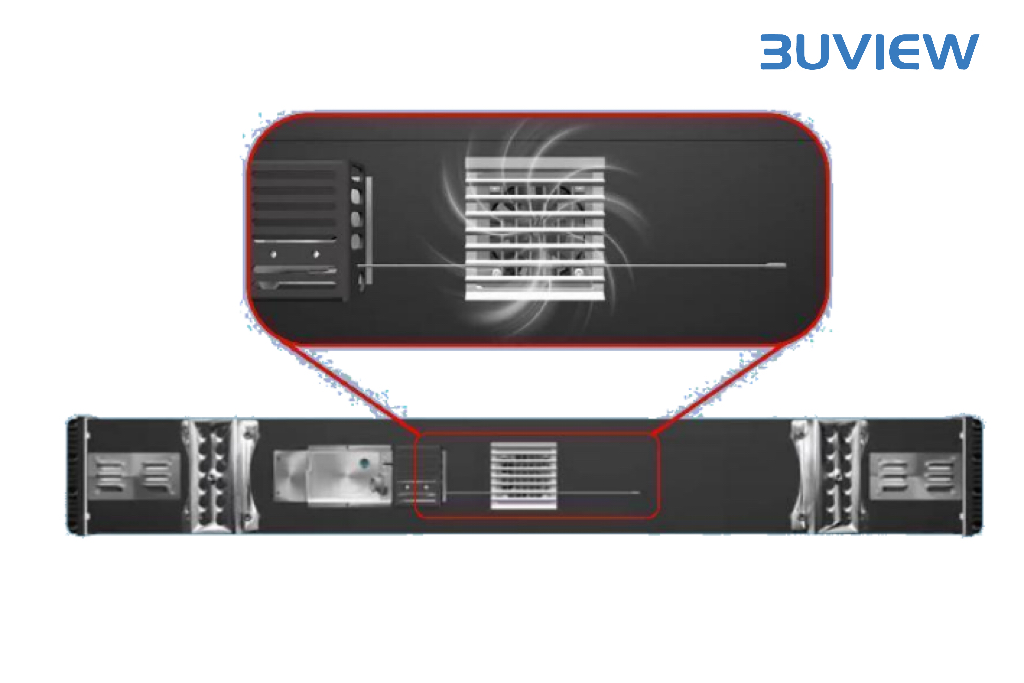The heat dissipation performance of taxi roof LED double-sided screen is crucial for its long-term stable operation and service life.The heat dissipation performance of taxi top LED double-sided display is affected by various factors such as heat dissipation method, heat dissipation material and heat dissipation structure design. In practical application, according to the specific needs and installation space to choose the appropriate heat dissipation method, and optimise the design of the heat dissipation structure, in order to improve the heat dissipation performance, to ensure the stable operation and service life of the car LED roof double-sided screen.
At the same time, in the process of installation and use, attention should also be paid to standardised operation, to avoid improper operation leading to a decline in thermal performance.The heat dissipation of 3Uview car LED roof double-sided screen is mainly related to the heat dissipation method, heat dissipation material and heat dissipation structure.
1. Heat dissipation method
Fan cooling: the use of fan cooling has become the best partner of the LED lights, its compact structural design, small size, can be installed into the headlight assembly inside, without destroying the dust cover.
3Uview taxi top display screen is installed inside two independent temperature-controlled fan, when the internal working temperature of the display reaches 40 degrees, the cooling fan automatically starts to quickly reduce the internal temperature of the screen.
2. Heat sink material
The choice of material for the heat sink has a significant impact on the thermal performance. Metal substrate such as aluminium substrate has high thermal conductivity and can export heat from the heat source at the first time, which is the preferred solution for high power modules. 3Uview taxi top display adopts all-aluminium structure, which has good heat dissipation;
3.Heat dissipation structure
The heat dissipation structure is designed according to the structure of different screens. The following is a comparison of the heat dissipation design of our two taxi top displays with different structures.
For model A, because the thickness of the screen is thinner, we designed the heat sink to be integrated in the middle of the bottom.
The heat sink of the B model is designed on both sides of the screen’s internal structure, because the B model has more space inside and the whole screen is thicker.
Post time: Jun-20-2024









